Value fashion retailer New Look suffered stuttering profits and a like-for-like sales fall during its first half, but it increased market share and total sales.
Private equity-backed New Look, which pulled a proposed IPO earlier this year, reported underlying operating profit down from £77.8m to £73.5m in the period to September 25. Adjusted EBITDA inched up from £117.8m to £119.5m and pre-tax profits rose from £22.8m to £24.2m.
Group like-for-likes fell 3% versus a 1.8% rise a year ago, partly because of disruption caused by New Look’s moving of its head office to London.
The like-for-like sales drop was most marked in the UK, where there was a slide of 4.5% compared to a 7.5% increase in the same period a year ago.
However the retailer, which increased total sales by 3.2%, said its market share had risen from 5.7% to 6%, consolidating its position as the UK’s second biggest retailers of women’s clothing and accessories.
New Look chief executive Carl McPhail said: “We are pleased to have grown market share and strengthened our position in the UK, despite strong comparatives and worsening market conditions.
“We also suffered from some personnel disruption arising from the move of our buying, merchandising and design teams to central London last year, which contributed to the decline in UK like-for-like sales. This decline was partially offset by continued strong progress in our e-commerce and international businesses.”
Online sales rose 68% during the first half as the launch of New Look’s revamped site helped it become the third most visited online fashion retailer with about 1.7 million visits per week. New Look will introduce multilingual sites and a click and collect function next year. International like-for-likes rose 2.4% compared to a 17.4% fall last year.
McPhail expects the trading environment to remain difficult. Increasing input costs from rising cotton prices and freight charges, and the rise in VAT in January will lead to price hikes in the New Year, likely to be at the top end of the 5% to 8% largely forecast by the industry.
McPhail said: “We expect like-for-like growth to remain subdued in such an environment. However we are confident that the proven strengths of our brand and business model will allow us to react appropriately to market conditions and to deliver growth in the longer term.”


















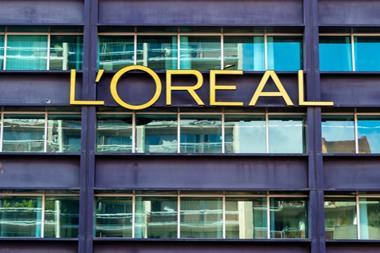
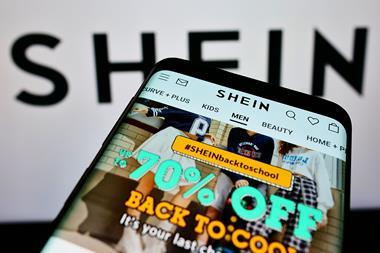
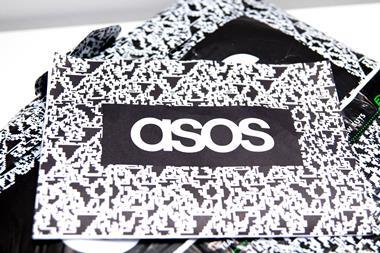
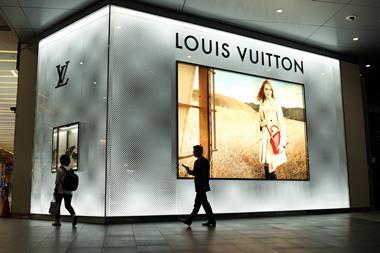
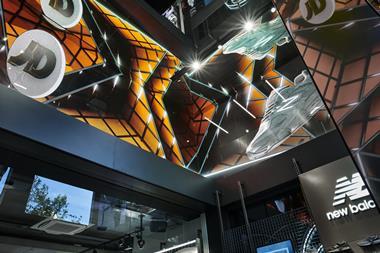
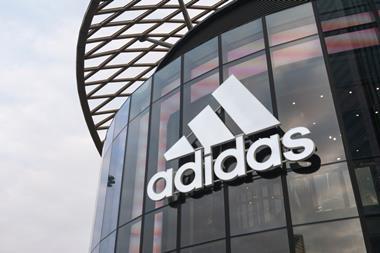
No comments yet